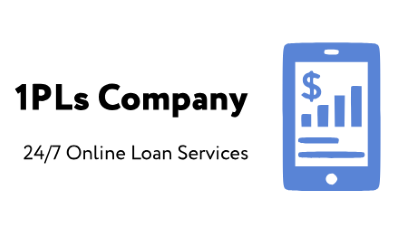We couldn’t have said it any better. Talk about a reporter that gets it. Yesterday’s article in the Richmond Times-Dispatch, which took on the topic of storefront payday lending, is a perfect example of a sober economic analysis without the emotional criticism.
While A. Barton Hinkle poses the question of whether storefront lending is a convenient service or evil incarnate, the crux of the article really points to what happens when lawmakers “crack down on payday lending.” Virginia lawmakers recently changed loan terms and placed limits on the number of loans consumers could have at one time. As one might suspect, many payday lenders left the state, and the number of transactions dropped by more than 80 percent—but the demand for short-term credit certainly did not vanish. In fact, Hinkle points out those borrowers in need of payday loans will migrate to other short-term credit options, even if they are more costly.
“This is probably a fool’s errand; shutting down lenders won’t make demand disappear,” Hinkle said. “Borrowers in need of quick cash may just cross jurisdictions — or turn to even more risky sources, such as the Internet.”
And finally, a reporter who really drills down to the cost comparison of products that compete in the short-term credit market.
…”critics insist the interest rates charged by storefront lenders are so high they’re immoral. But it’s the critics, not the lenders, who are being dishonest. Here’s why:
Suppose Milton borrows $250 from a storefront lender and pays it back two weeks later. The lender charges a standard $15 fee to pay his employees, his utility bill, and so on. That is 6 percent of the loan amount. Yet critics want to express that as an annual rate — which, in this case, would be 156 percent. This sounds outrageous. What it really tells us is not that the lender’s greed is huge — but that the loan amount is small. A $15 charge on a two-week, $10,000 loan has an APR of only 3.9 percent, even though the transaction charge is exactly the same.
Banks and credit unions don’t usually offer the sort of financial services storefront lenders offer. When they do, they end up charging similar sums. StretchPay, an Ohio-based credit-union alliance, charges an annual fee of $35 for loans up to $250. That’s an APR of 364 percent on a two-week loan.”
So, what’s in a name? That which we call a rose? Hinkle addresses the correlation between payday lending and microcredit. Two financial products that look the same, act the same, but are known by two different names. And just as Shakespeare’s Juliet said, “a rose by any other name would smell as sweet,” microlenders are praised for their humanitarian aide as third-world financiers, lending very small amounts so that citizens who may not have had access to funds could start a business.
“Microlenders have been criticized because, given the small loan amounts, the effective interest rates they charge also turn out to be pretty high — anywhere from 70 to 125 percent. But they don’t ask for collateral, either. That makes them look a lot like payday lenders.
There’s one big difference, though: While payday and similar lenders are reviled for preying on the poor, Grameen Bank and its founder, Muhammad Yunus, were awarded the 1996 Nobel Peace Prize.”






